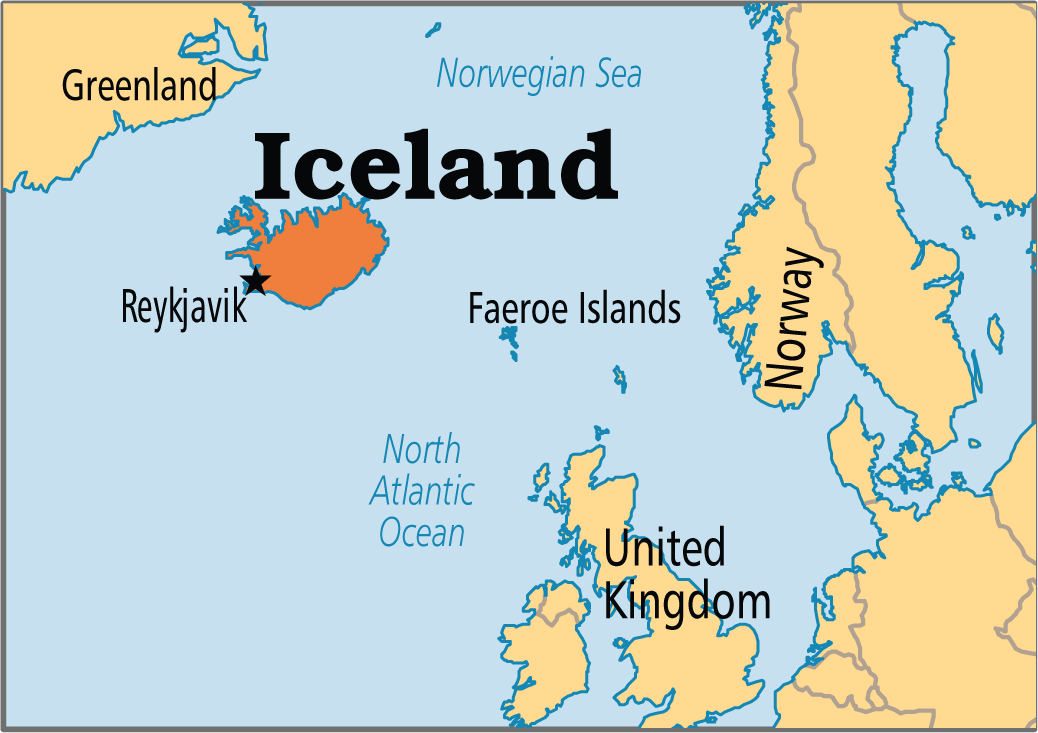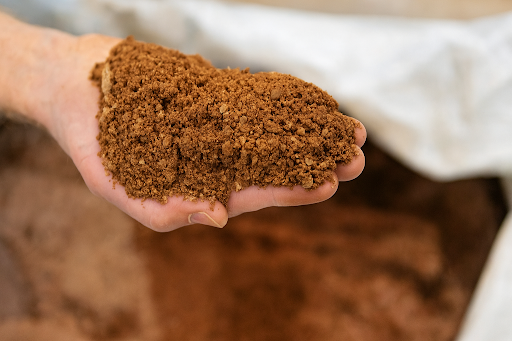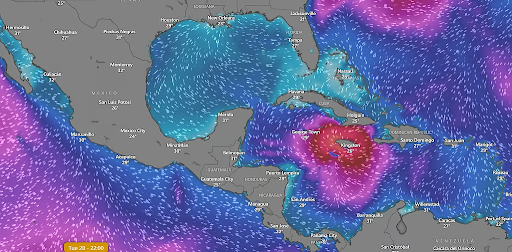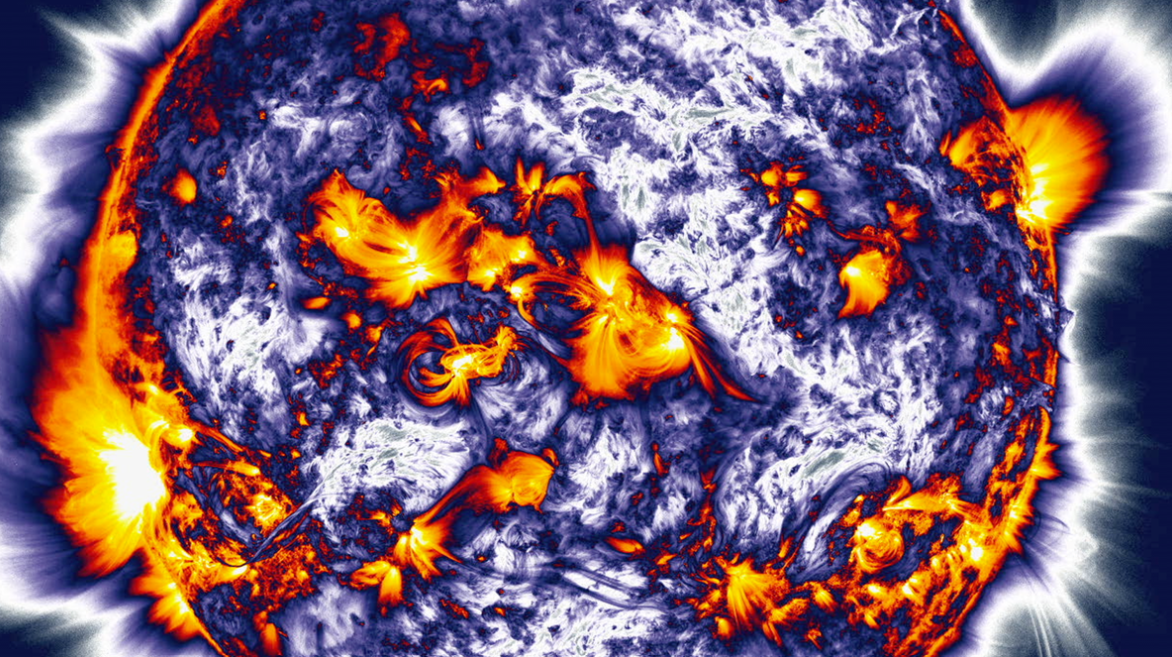Description

Disclaimer: Copyright infringement not intended.
Context
- In the vicinity of the Reykjanes Peninsula town of Grindavik, between Sýlingarfell and Hagafell, Iceland's capital saw a volcanic explosion.
About Iceland Volcano Eruptions
- Geographical Location: Iceland's geographic location is in the North Atlantic Ocean, directly south of the Arctic Circle.
- Tectonic Setting: The nation is situated on the Mid-Atlantic Ridge, which divides the tectonic plates of North America and Eurasia.
- Unusual Terrain: With 33 active volcanoes—the most in Europe—Iceland's terrain is made up of lava fields, mountains, glaciers, geysers, and volcanoes.
- Historical Settlement: Norsemen from Scandinavia established the first human settlement on Iceland in 874, which resulted in the creation of Reykjavik.
Recent Volcanic Activity on the Reykjanes Peninsula
- Historical Dormancy: Until recently, there had not been a volcanic eruption on the Reykjanes Peninsula for 800 years.
- Recent Eruptions: This is the peninsula's fourth eruption in less than three years, suggesting the start of a new phase of volcanic activity.
- Eyjafjallajokull Eruption: In 2010, Eyjafjallajokull underwent a massive volcanic eruption that captured international attention.
- Timeline and Effects of the Eruption: In March and April of 2010, the volcano erupted twice, causing an ash cloud to travel across continents and the longest disruption in air travel on the North Atlantic route since World War II, lasting six days.

What is a volcano?
- Volcanoes are openings, or vents where lava, tephra (small rocks), and steam erupt onto the Earth’s surface.
- Volcanoes can be on land and in the ocean.
- They are, in part, a result of their own eruptions but also the general formation of our planet, as tectonic plates move.
Types
- There are four main types of volcanoes: cinder cones, composite or strato volcanoes, shield volcanoes and lava
- Their type is determined by how the lava from an eruption flows and how that flow affects the volcano, and, as a result, how it affects its surrounding environment.
Eruption
- Essentially, it is a case of magma, or molten rock, below the surface of the Earth, bubbling up, rising and overflowing,
- The magma finds its way to vents in the volcano and gets spewed across the land and into the atmosphere.
- When magma erupts from a volcano, it is called lava.

Can scientists predict volcanic eruptions?
- Scientists can forecast volcanic explosions several hours, if not several days, in advance.
- This is not the case with earthquakes, which are far more difficult to forecast.
- Scientists study seismographic data from earthquakes and other tremors because they can be precursors to volcanic eruptions.
- They keep an eye out for evidence of ground deformation induced by magma migration.
- They also measure volcanic gas releases as well as changes in gravity and magnetic fields.
|
PRACTICE QUESTION
Q. Analyse the strategies that nations can use to reduce the threats brought on by volcanic activity. Give instances from around the globe to support your response
|










